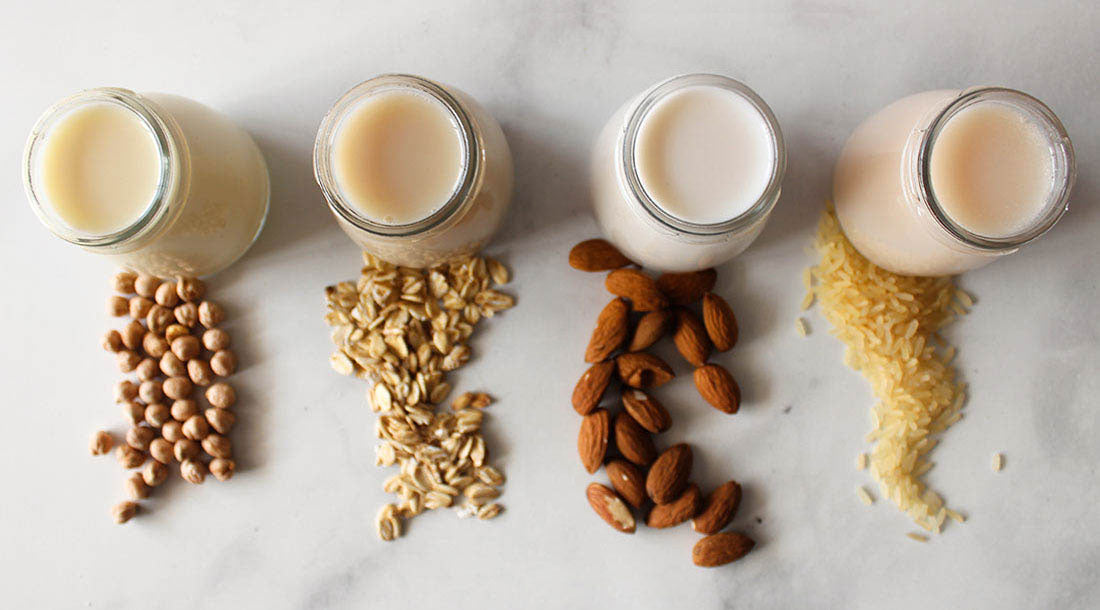The question gets asked quite often in our coffee training - is it harder to foam milk that is not from cows? The answer is no though you need to know a little more. Our friends at Laberatoria put it this way....
The greater the quantity of fat in the milk, the easier it will be to foam it: so in the case of cow’s milk, full-fat is better than half-fat or low-fat, but what should you do with non-dairy varieties of milk , ideal for those follow a vegan diet or have lactose intolerance? In this case, in fact, the percentage of fat is lower but these drinks can also be used for foaming … Be careful though: not all types of non-dairy milk are suitable for use with coffee.
Soy milk
Despite its low fat content, soy milk (obtained from fermentation of soya) is the best non-dairy variety of milk to use for preparing cappuccino and caffè macchiato, because it allows you to obtain a consistency of foam similar to that of cow’s milk. The only flaw: the foam tends to separate more easily from the rest of the mix.
Rice milk, almond milk and oat milk
Rice milk is not particularly suitable for foaming, because it has a less dense consistency compared to soya and contains a lower fat content; that said, it is very nice if used cold, in caffè macchiato or in frappès and milkshakes.
Almond milk has an unusual taste, that not everyone appreciates with espresso; apart from the flavour though, its consistency is very suitable for foaming, giving great results in terms of density and homogeneity.
Oat milk, on the other hand is more suitable for combining with coffee flavour's and has a higher fat content, this is why it is easier to foam and get a pleasant and dense cream. All of these three drinks, in the end, allow you to serve a light drink, whose calorie content is considerably lower than the traditional cappuccino prepared with cow’s milk .
Whether it is soy milk, cow’s milk or oat milk, foaming it is a precision process requiring dexterity and practice in order to get the best results. Once you have a little experience, you will want to prepare cappuccino and caffè macchiato all the time: and who knows, maybe you will decide to do a course in latte art, have you ever thought about that?
So thankyou to the team at Laberatorio for that explanation, we would also add that by having the steam wand in the correct spot and how you go about stretching the milk is extremely important and with a bit of guidance and practice you can master the art of foaming any type of milk.
Credit to Labertorio Dell' Espresso

